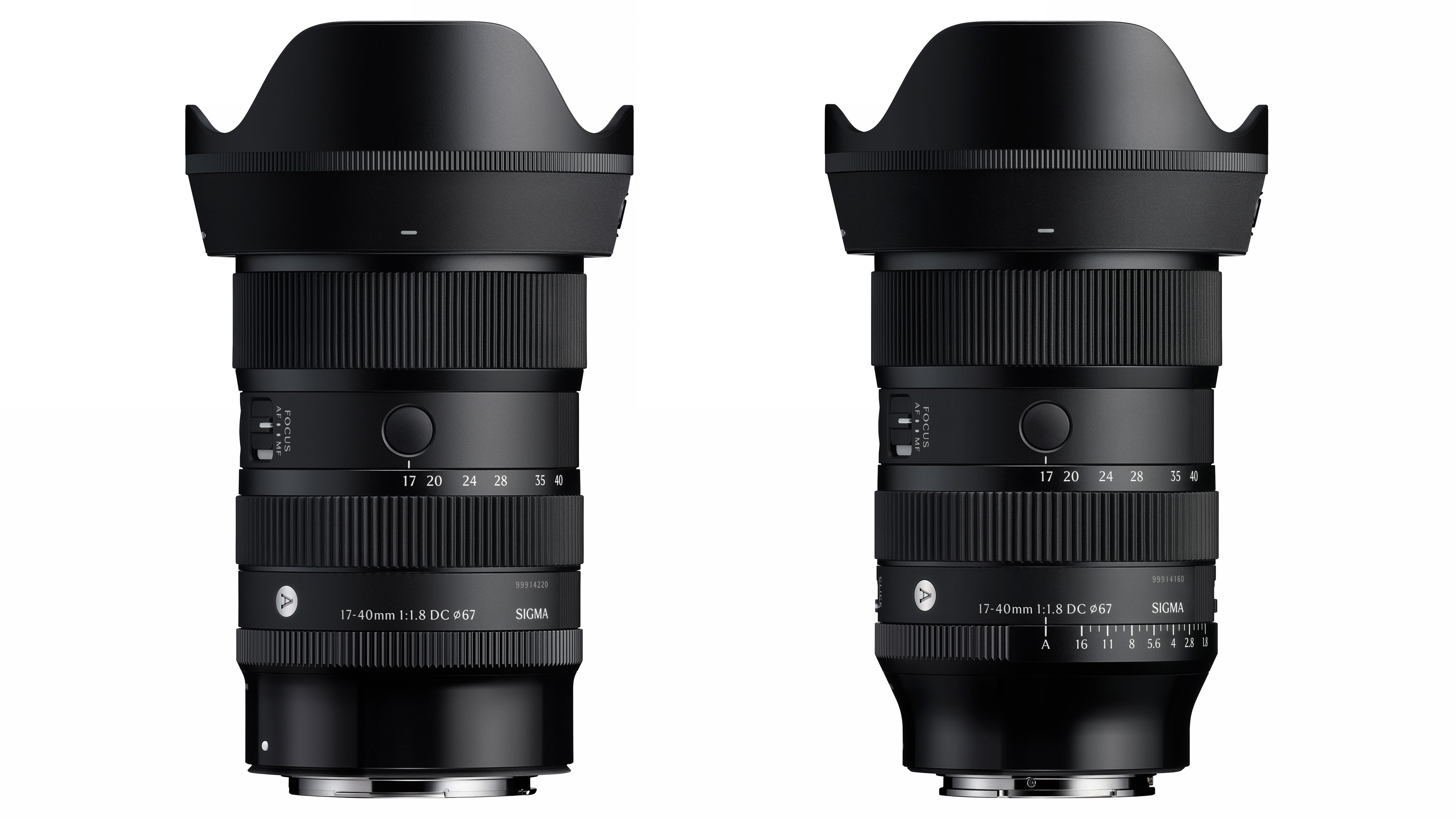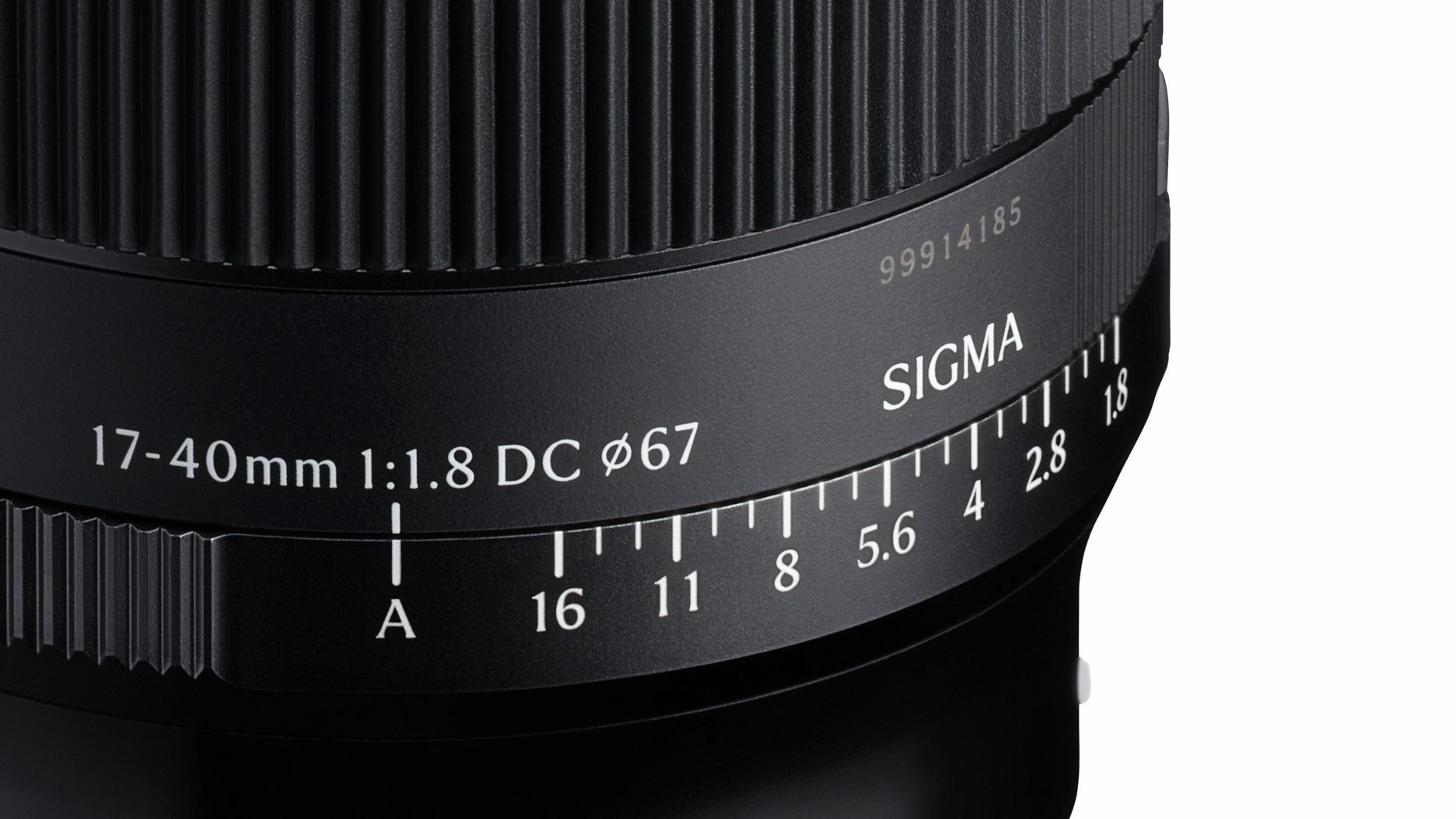Just a week or so ago, I asked
whether prime lenses still hold their place in a modern kit
. It seems Sigma may have answered that question with the newly announced
Sigma 17-40mm f/1.8 DC Art
lens.
Bringing a constant large f/1.8 aperture to the 17–40mm zoom range, the lens offers the image quality of a prime with the flexibility of a zoom. Designed for APS-C
mirrorless cameras
, it’s one of the most compelling lens announcements of the year.
The Sigma 17-40mm f/1.8 DC Art builds on the legacy of a classic: the Sigma 18–35mm f/1.8 DC HSM Art, a lens that made waves when it launched 13 years ago for
DSLRs
. At the time, it was the world’s first f/1.8 constant aperture zoom, and it quickly became a favorite among photographers and filmmakers alike.
The updated Sigma 17-40mm f/1.8 DC Art lens upholds that legacy while incorporating contemporary enhancements like advanced optics, quicker autofocusing, and a notable 30% decrease in weight.
Offered in Sony E, Fujifilm X, Canon RF, and L mounts, the Sigma 17-40mm f/1.8 DC Art lens provides a full-frame equivalent range of 25.5–60mm. This versatile zoom is perfect for capturing landscapes, documentaries, travelscapes, and portraiture.
The consistent f/1.8 aperture allows this lens to excel in dim lighting conditions and create a soft background blur with attractive bokeh. It features an optical construction incorporating precisely crafted aspherical components and sophisticated anti-reflective treatments, which help reduce glare and ghost images, ensuring exceptional resolution and definition at maximum aperture. This lens aims to match the picture quality typically associated with fixed focal length optics while providing the convenience of zoom capability for framing adjustments without switching lenses.

For videographers, the Sigma 17-40mm f/1.8 DC Art provides quiet and swift autofocus due to Sigma’s High-response Linear Actuator (HLA). The focus breathing is negligible, and with an inner zoom system that maintains a consistent lens size, this makes it perfect for gimbals and hand-held filming.
The lens features an aperture ring available on the L-Mount, Sony E-mount, and Fujifilm X-Mount editions, designed for seamless, quiet performance when filming videos. In contrast, the Canon RF Mount edition substitutes this aperture ring with a customizable control ring that you can configure through your camera settings for different functionalities, though it lacks the physical clicks or locking mechanisms found on traditional apertures. Furthermore, compatible system users have the option to secure the aperture ring against unintentional adjustments during usage—a benefit applicable across photo shoots as well as videography sessions.
Above: A sample collection of photos captured using the Sigma 17-40mm f/1.8 DC Art (RF Mount) lens
Despite its fast aperture, the Sigma 17-40mm f/1.8 DC Art is compact and travel-friendly, weighing in at just 535g. A completely new design brings the weight down by more than 30% compared to its predecessor, while the filter diameter drops to 67mm. The body is dust and splash-resistant, and the front element features a water and oil-repellent coating for use in demanding conditions.
Other notable features include a focus mode switch, support for Sigma’s USB Dock (for L-Mount), compatibility with mount conversion services, and for L-Mount users the ability to toggle between linear and non-linear focus ring settings. Two AFL buttons are positioned for ease of use in both landscape and portrait orientations and can be customized through the camera menu.
The Sigma 17-40mm f/1.8 DC Art lens can be ordered immediately, set to launch on July 10, 2025, excluding the Canon RF variant, slated for an August debut. It carries a price tag of $919 / £779; however, Australian pricing has yet to be announced.
Offering an exceptional blend of rapid aperture, small form factor, and high-end functionality, this lens is destined to be a staple choice for dedicated APS-C photographers and videographers alike.
you may also like
Take a look at our guides to the
best standard zoom lenses
and the
best lenses for landscapes
.
If you enjoyed this article, click the +Follow button at the top of the page to stay updated with similar stories from MSN.


















Leave a Reply